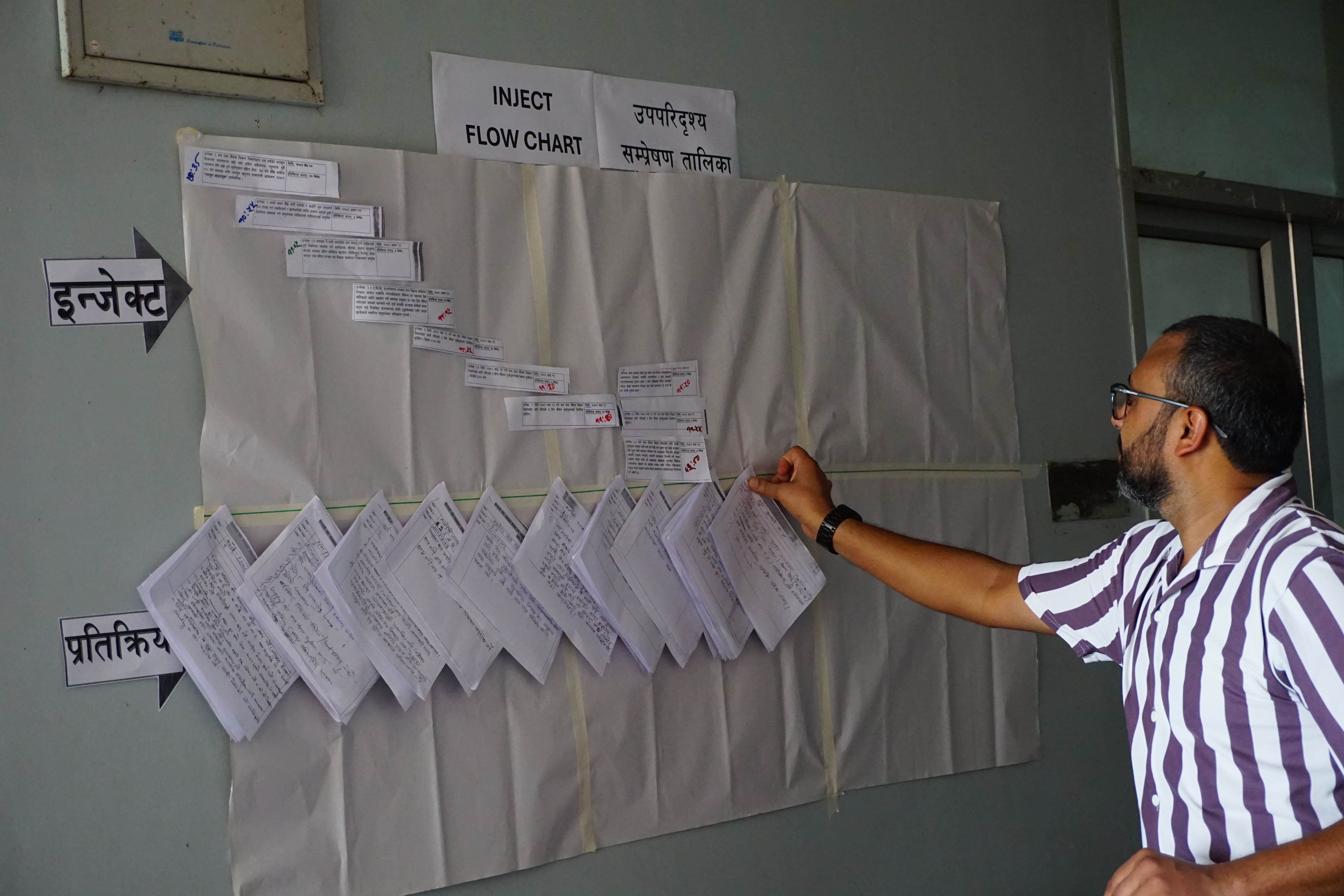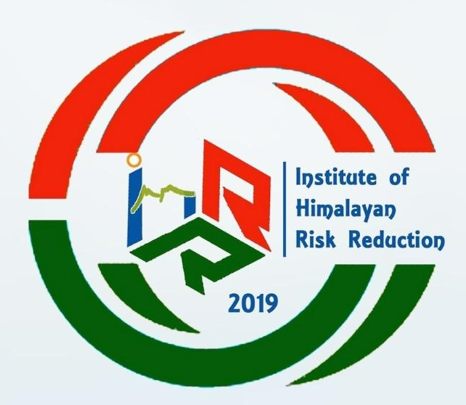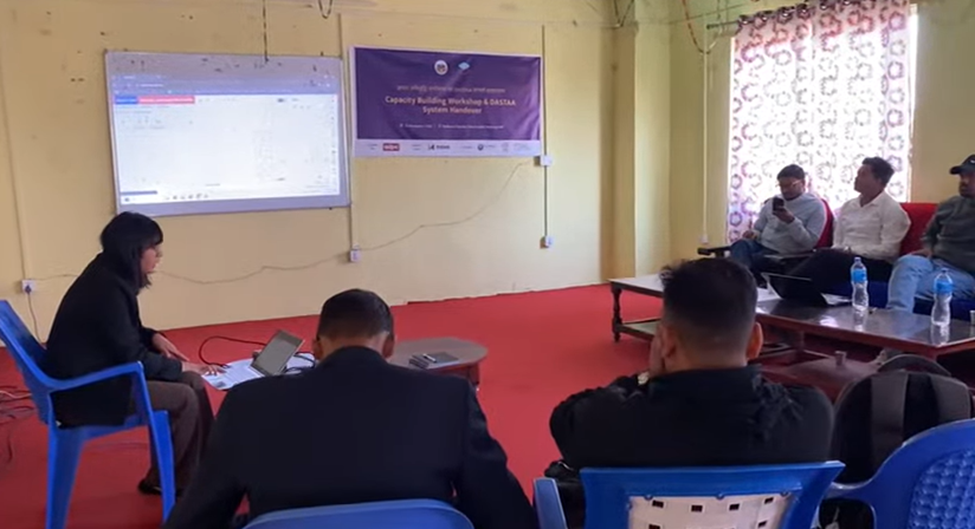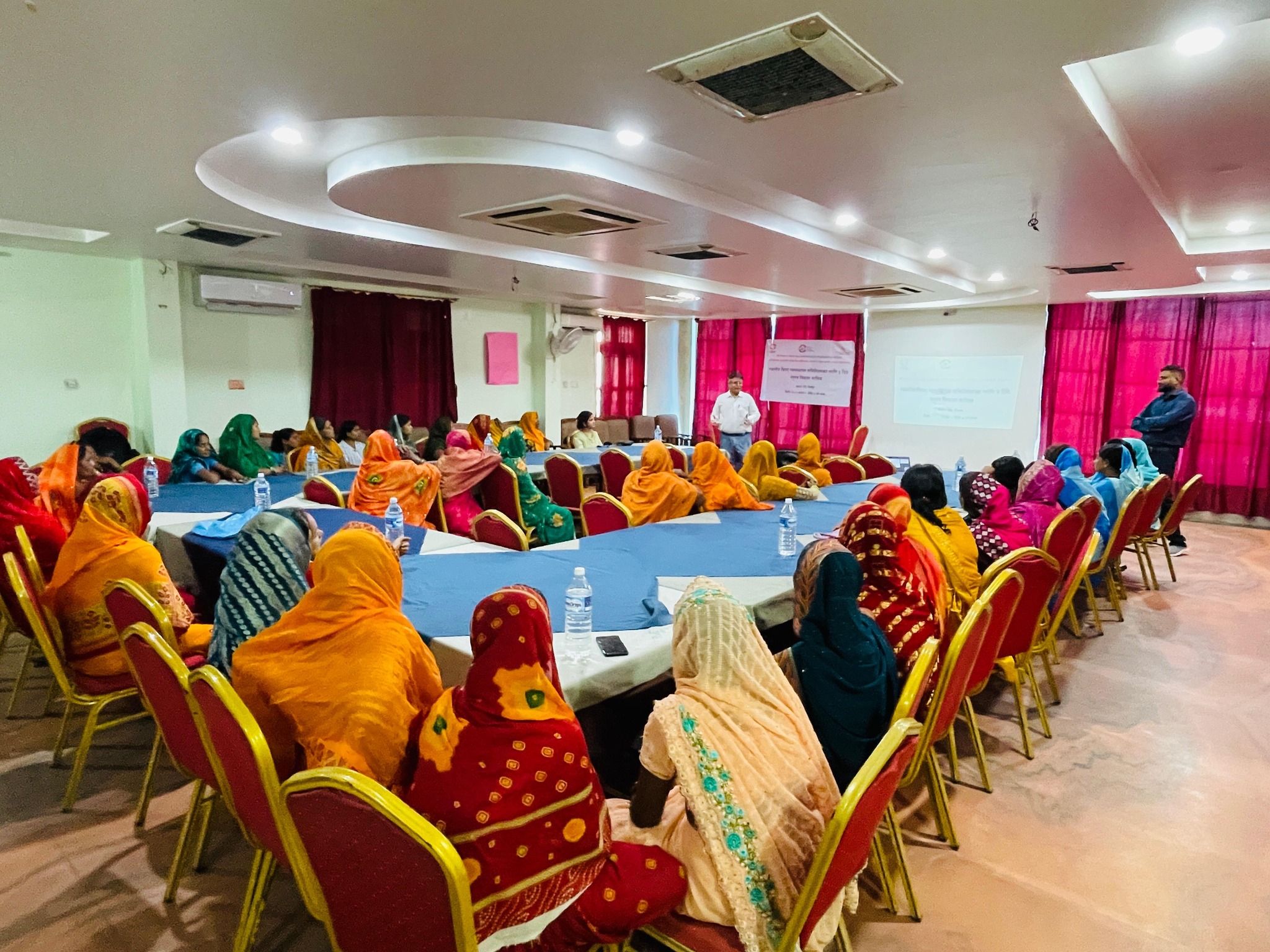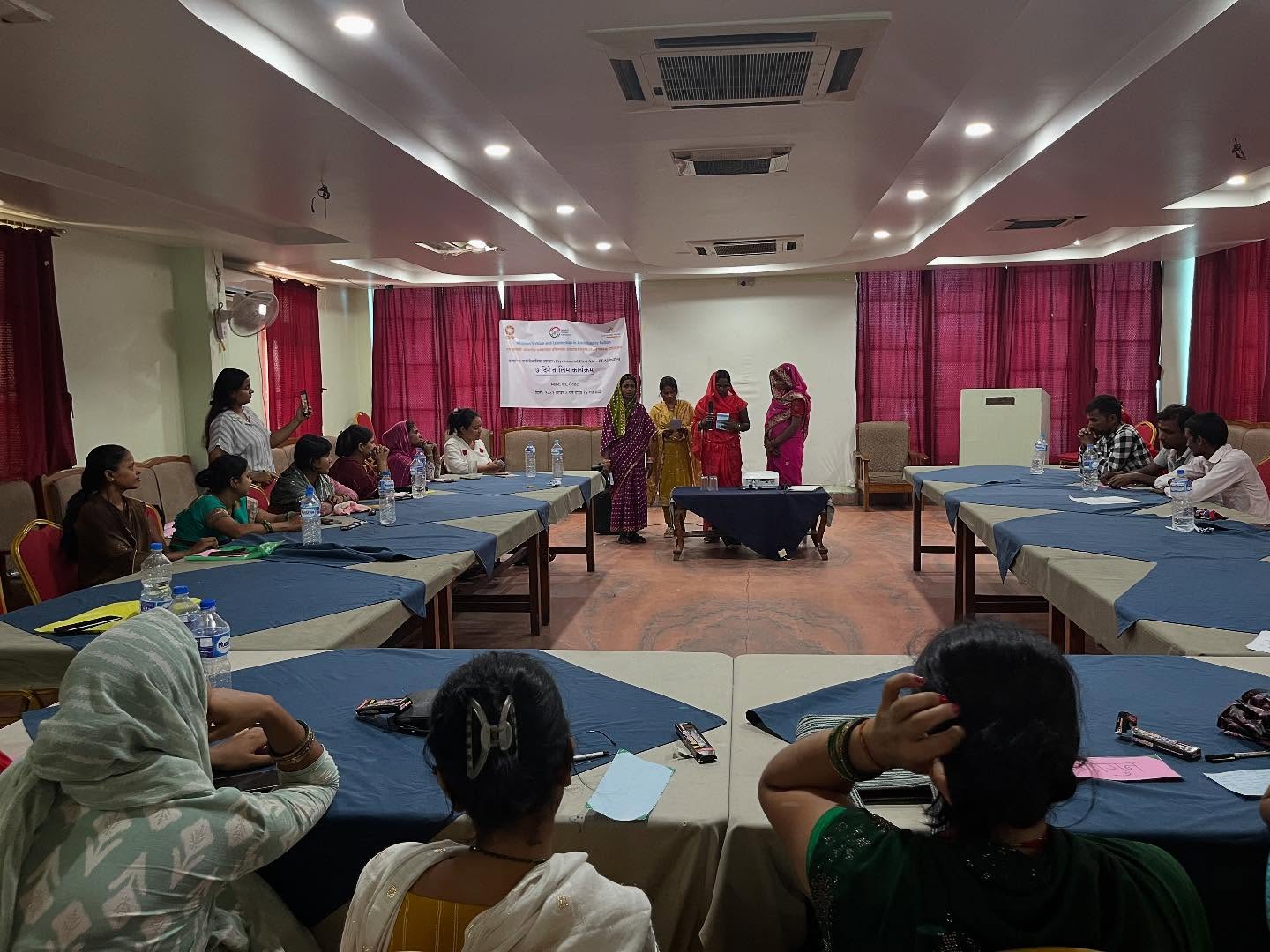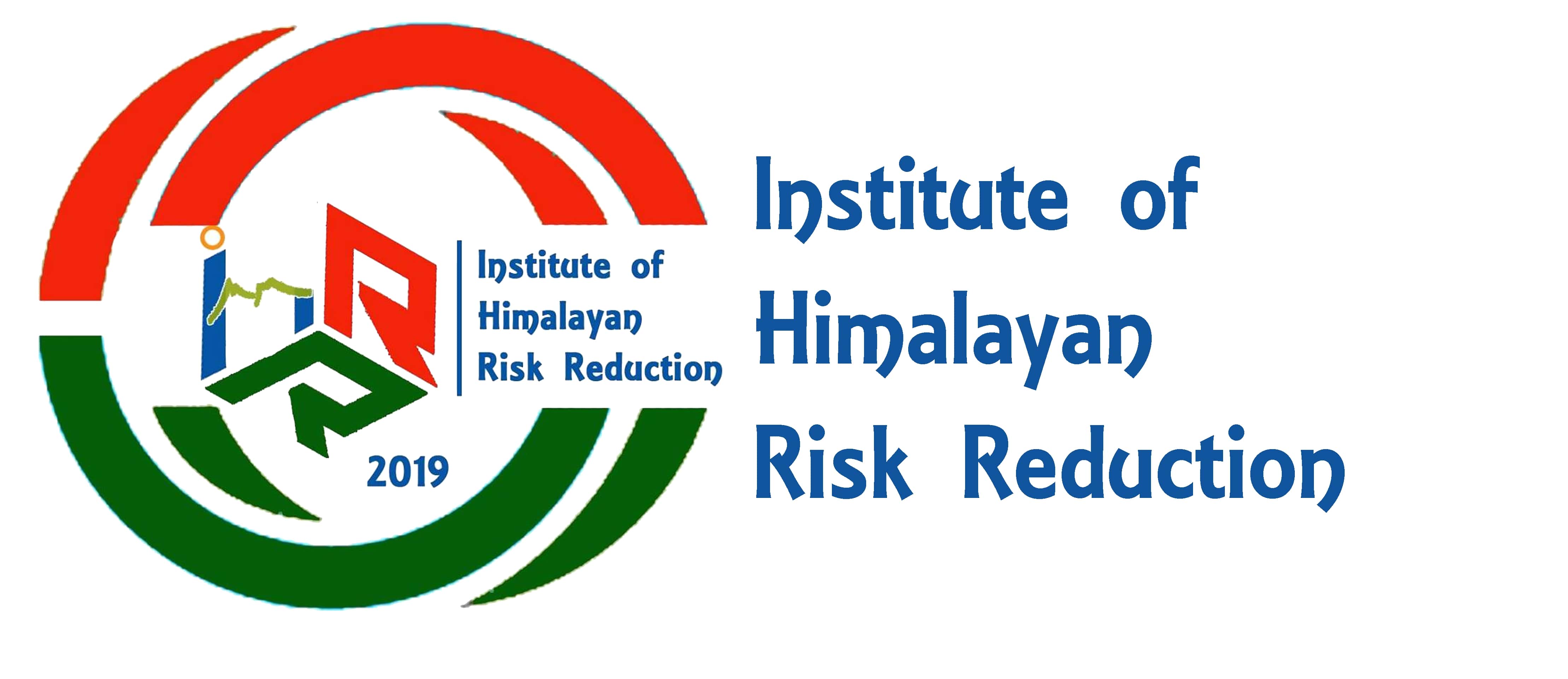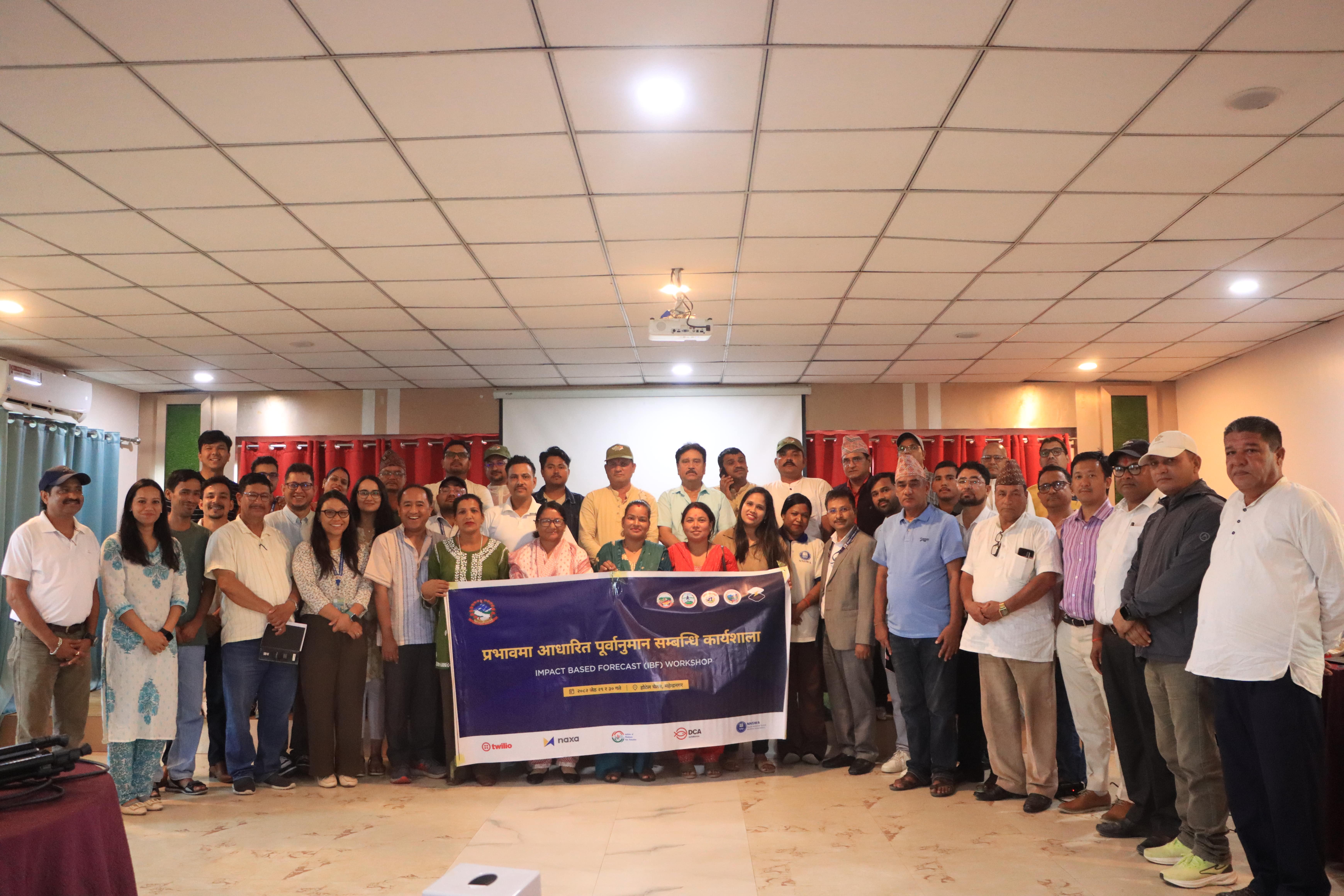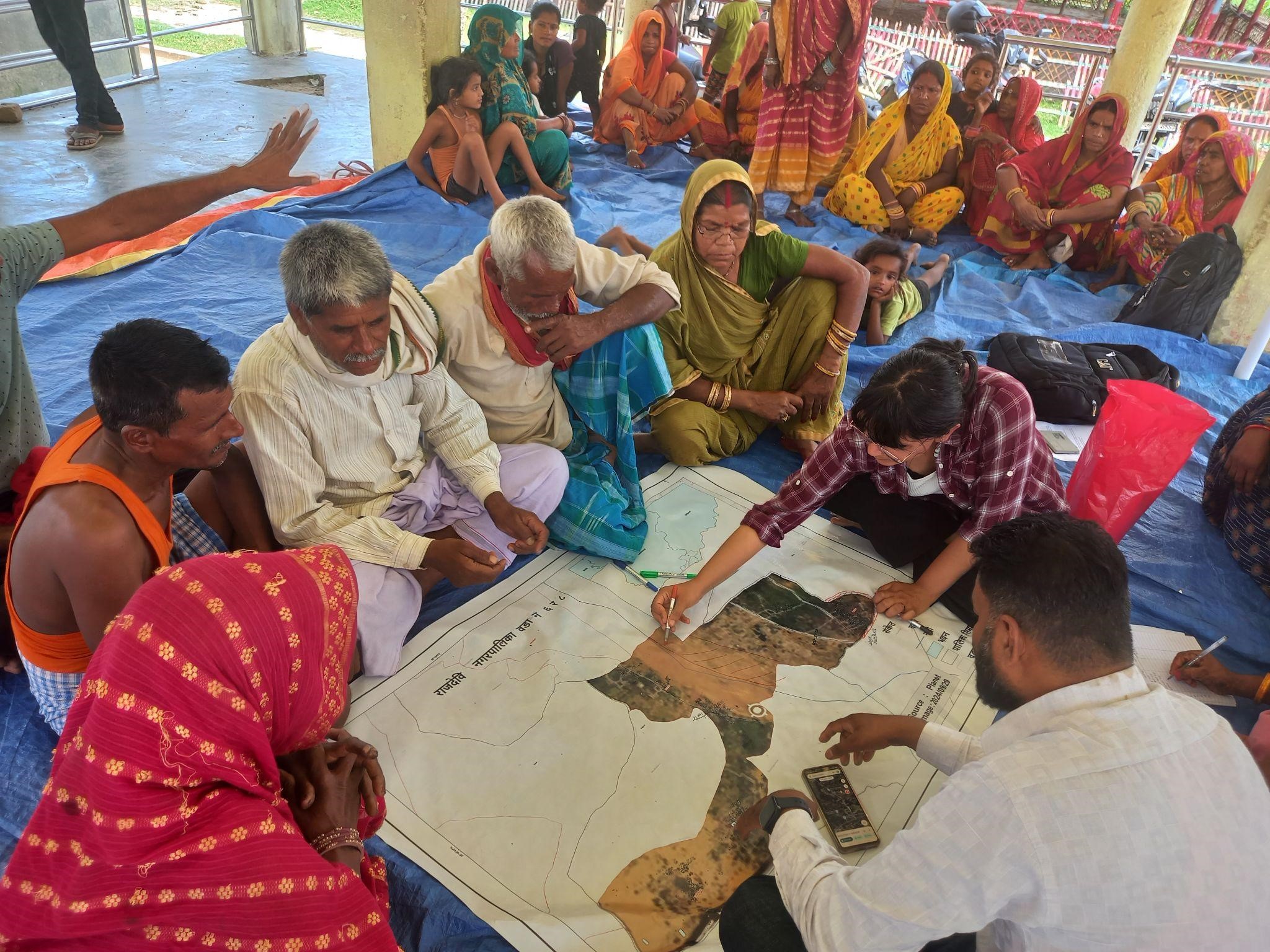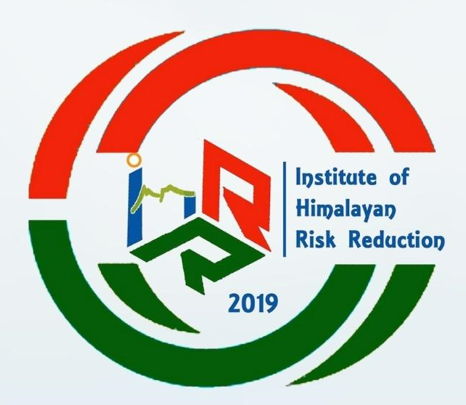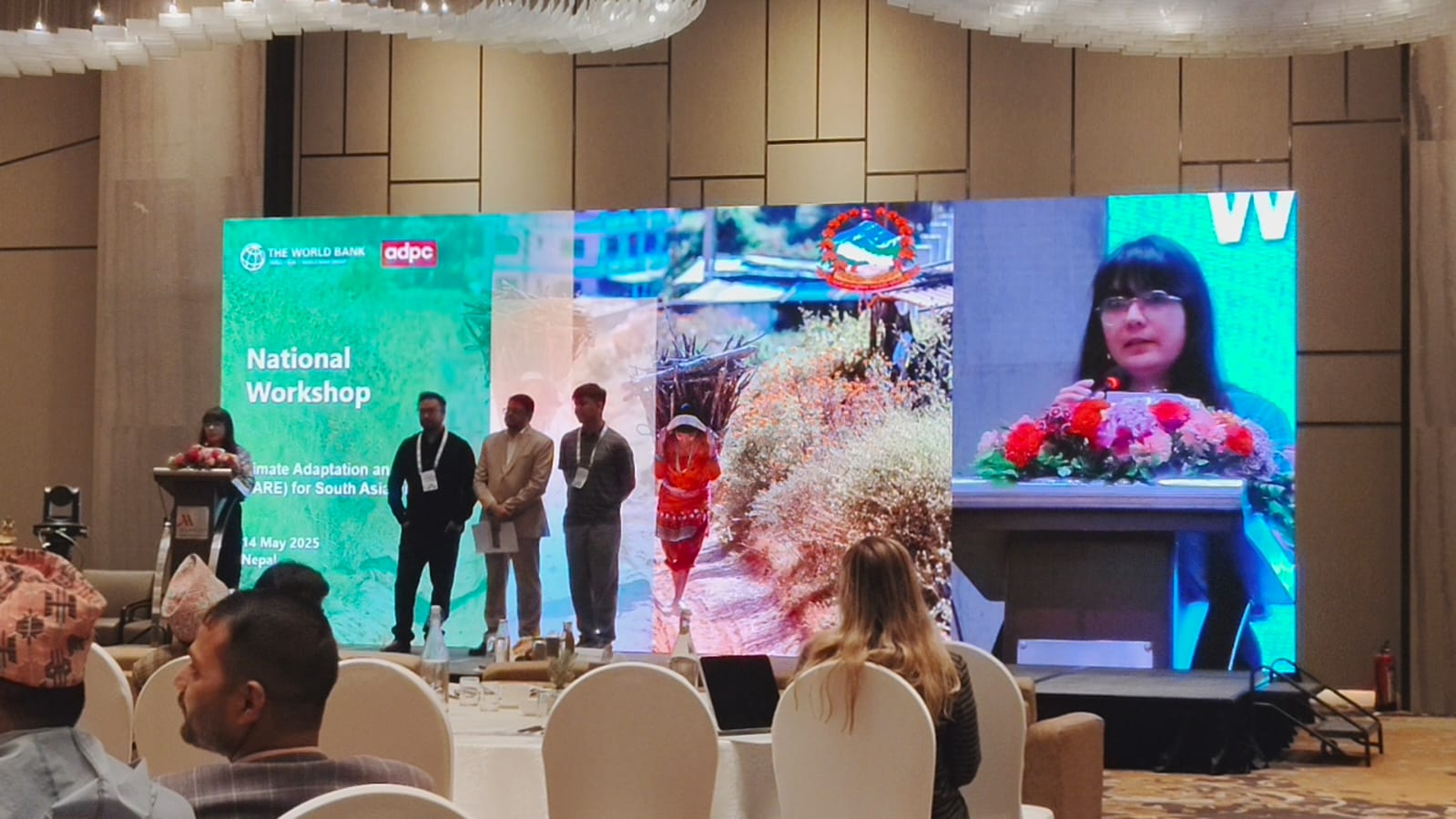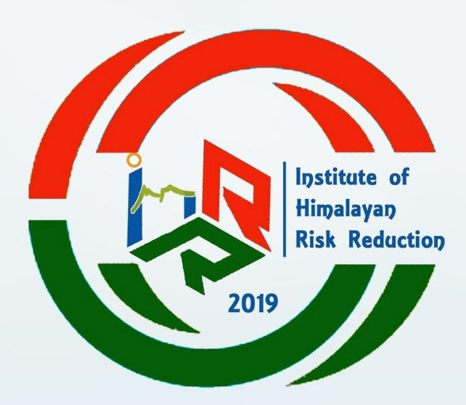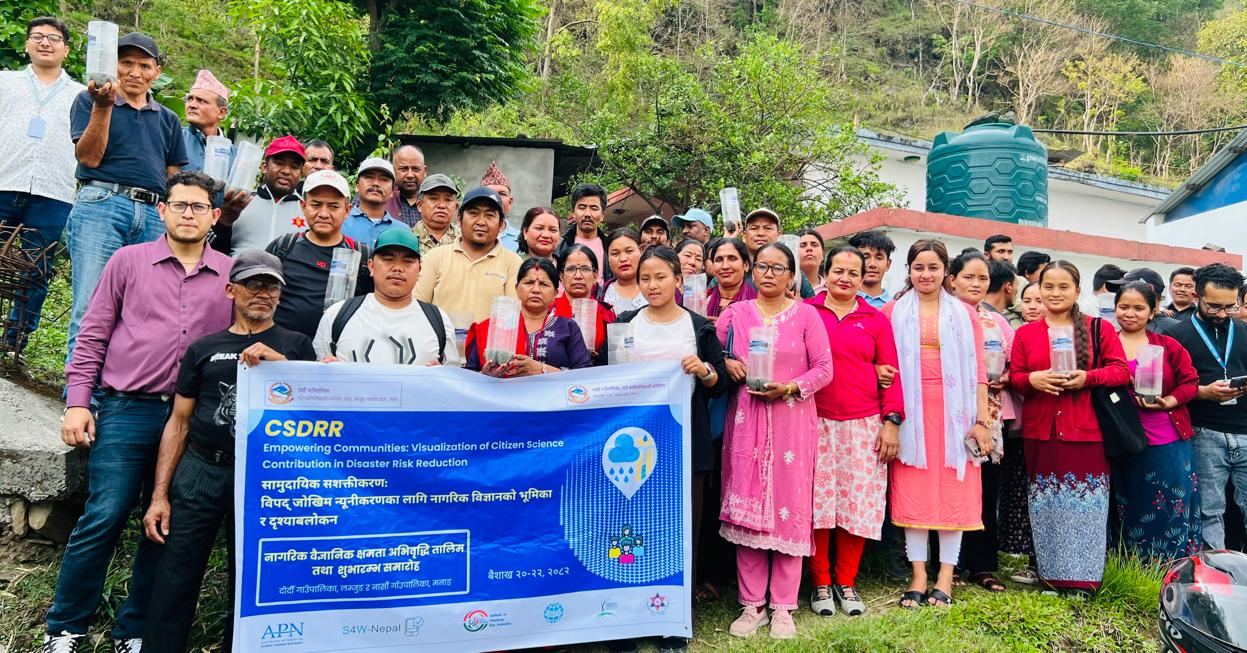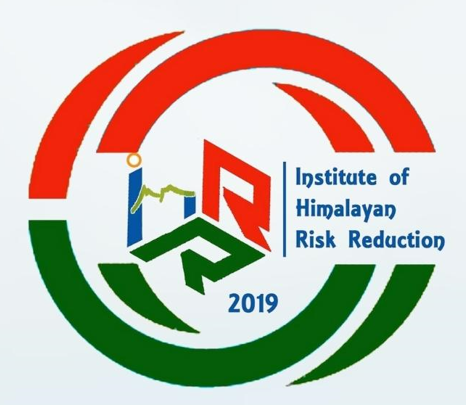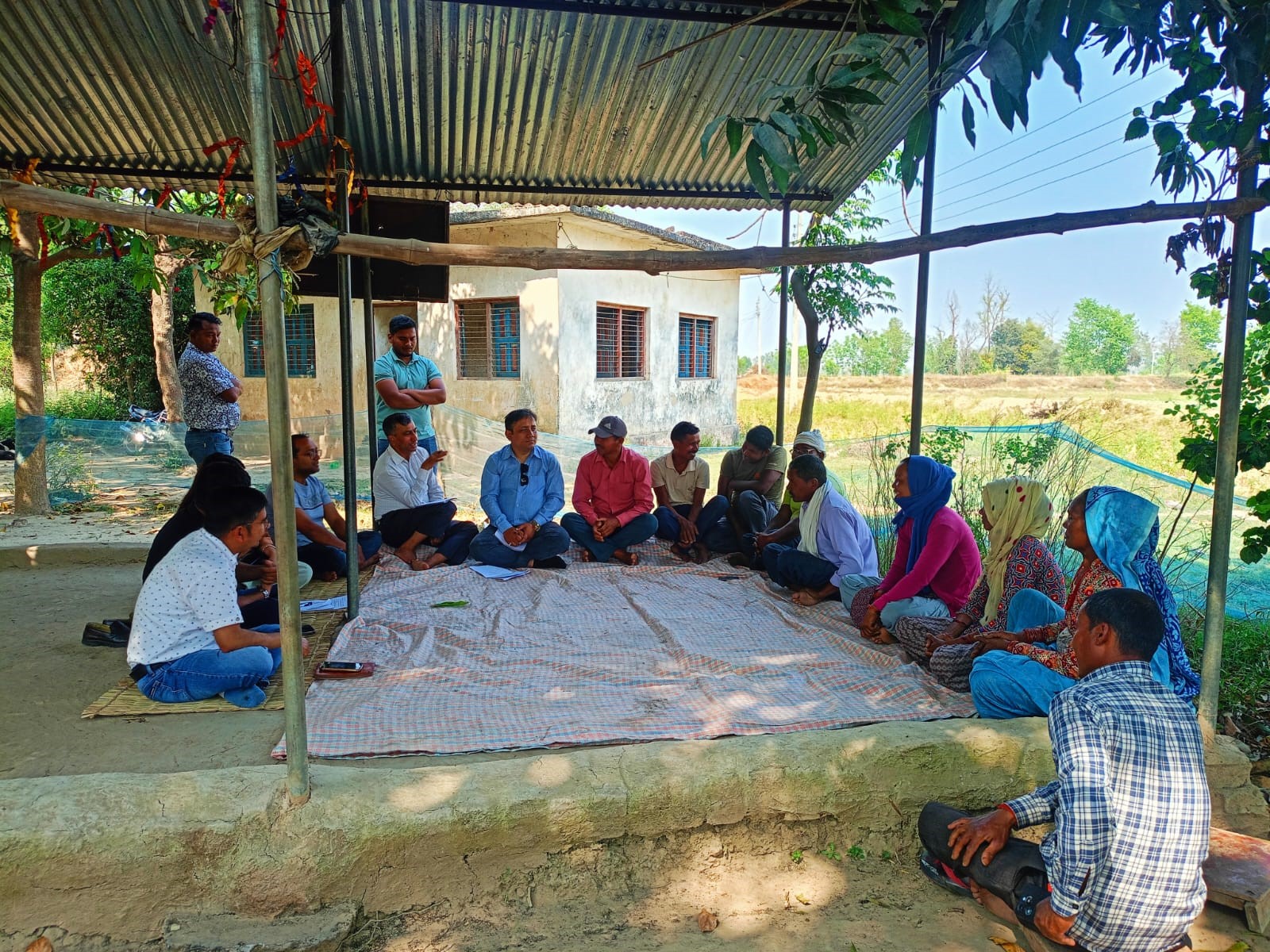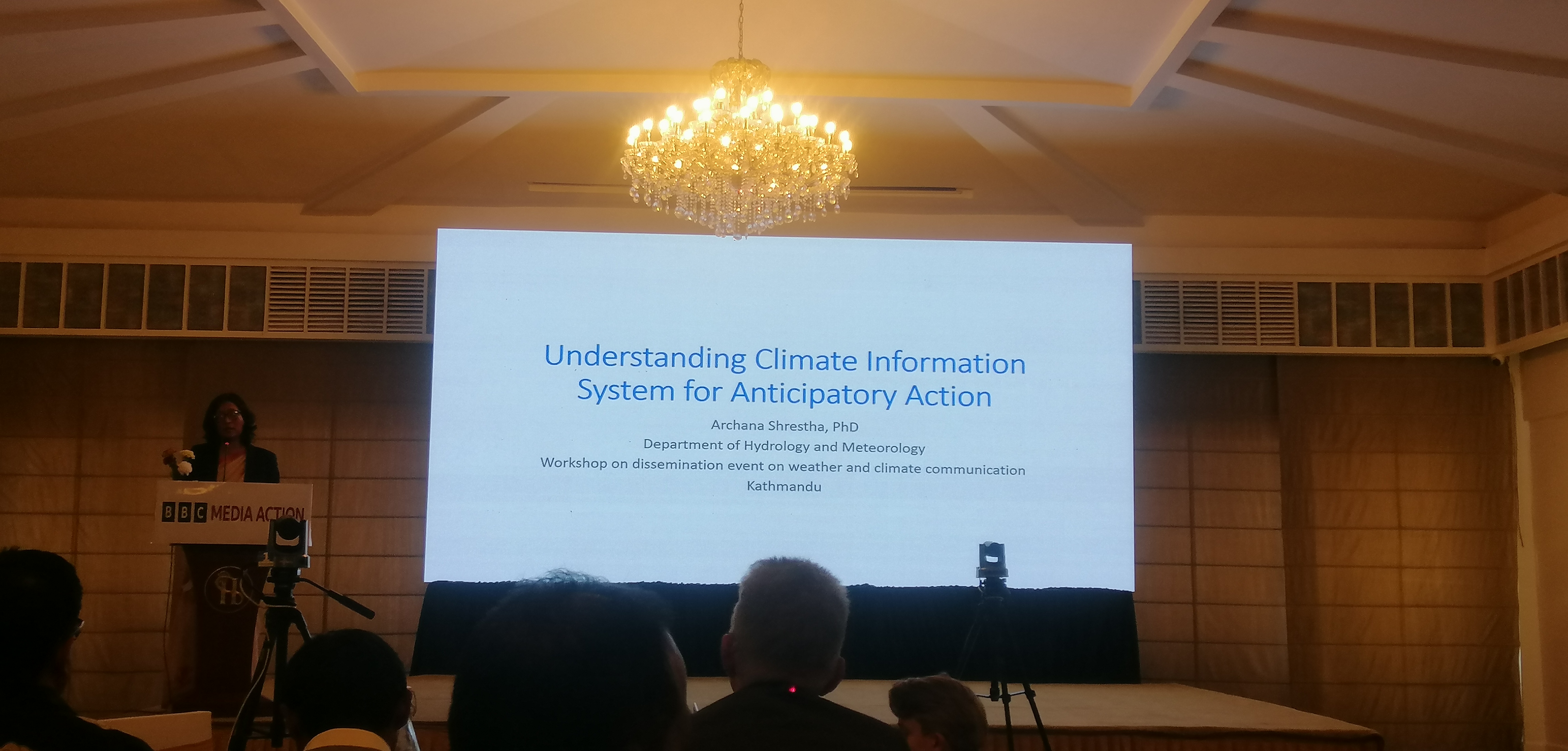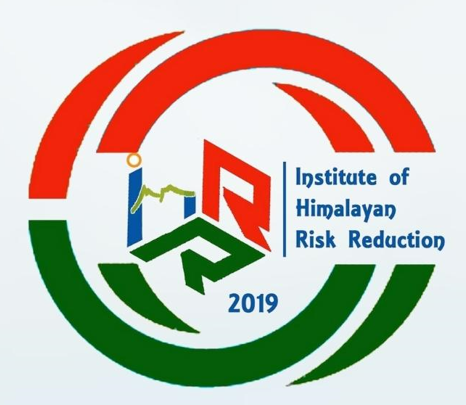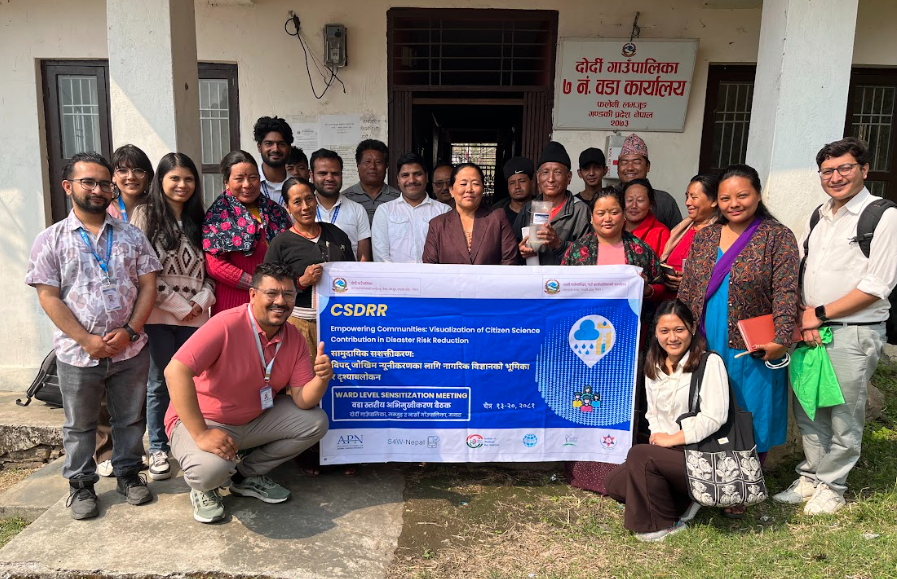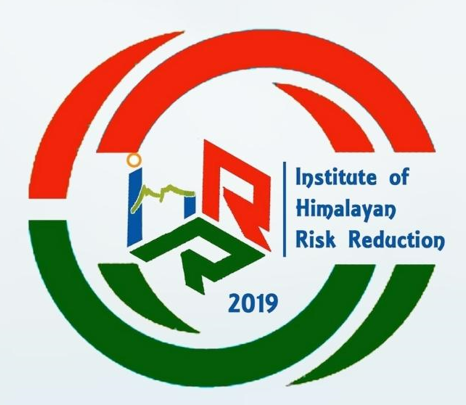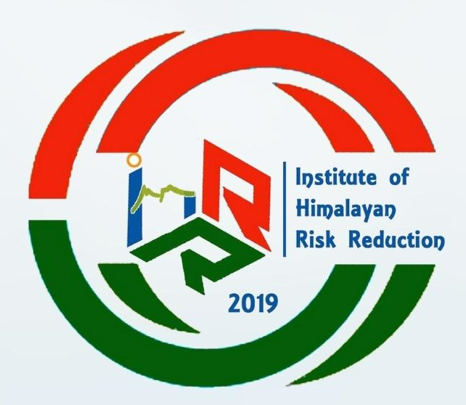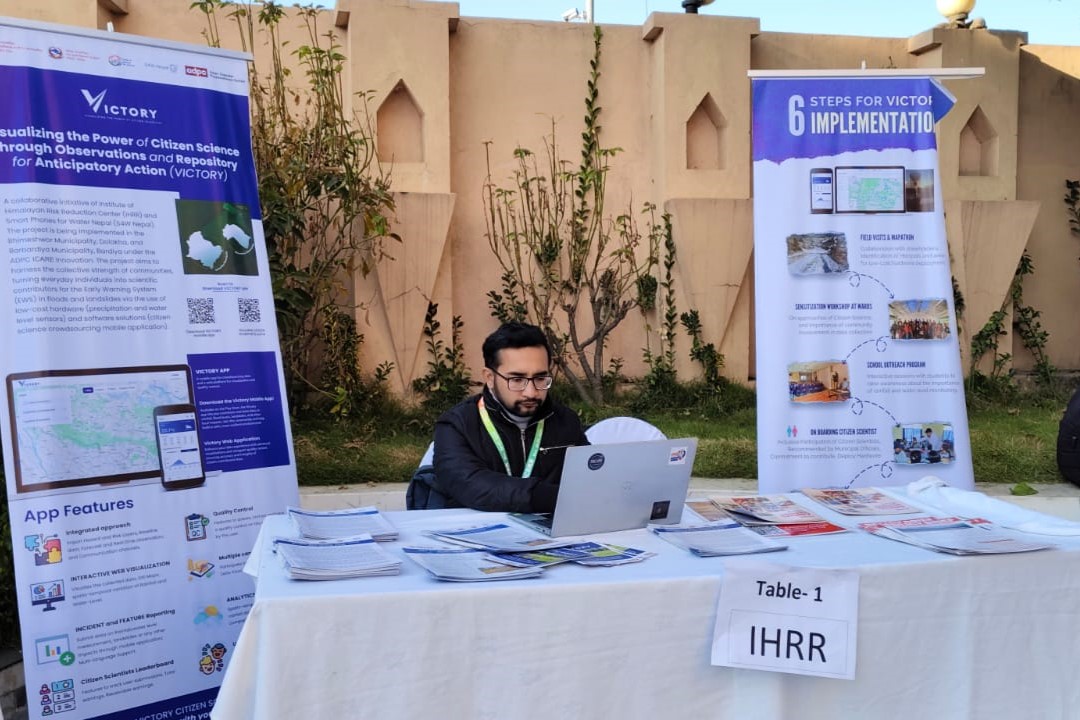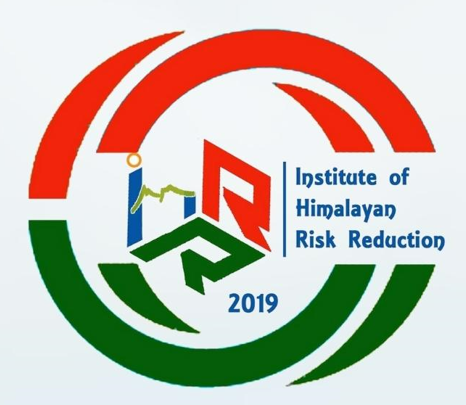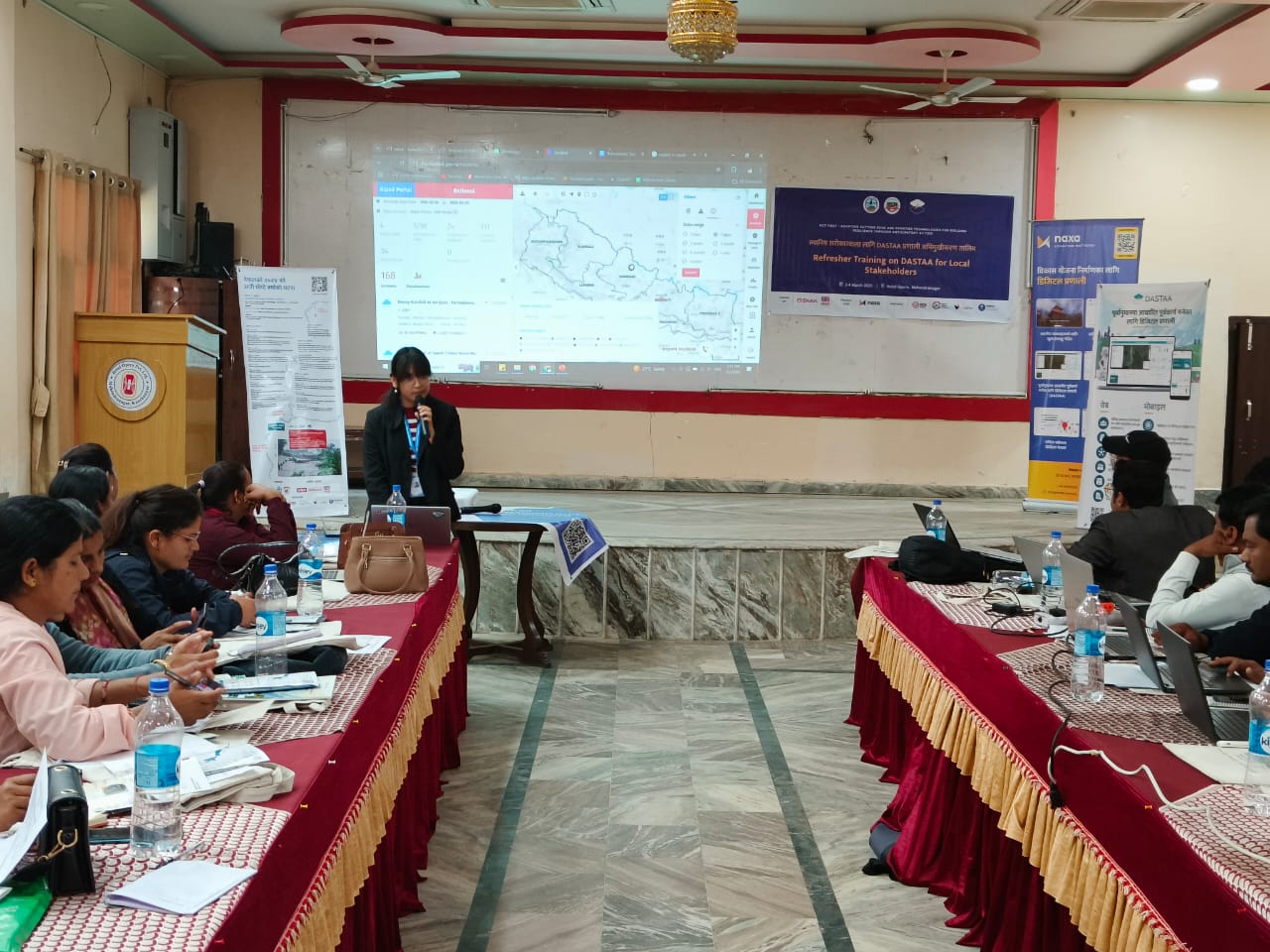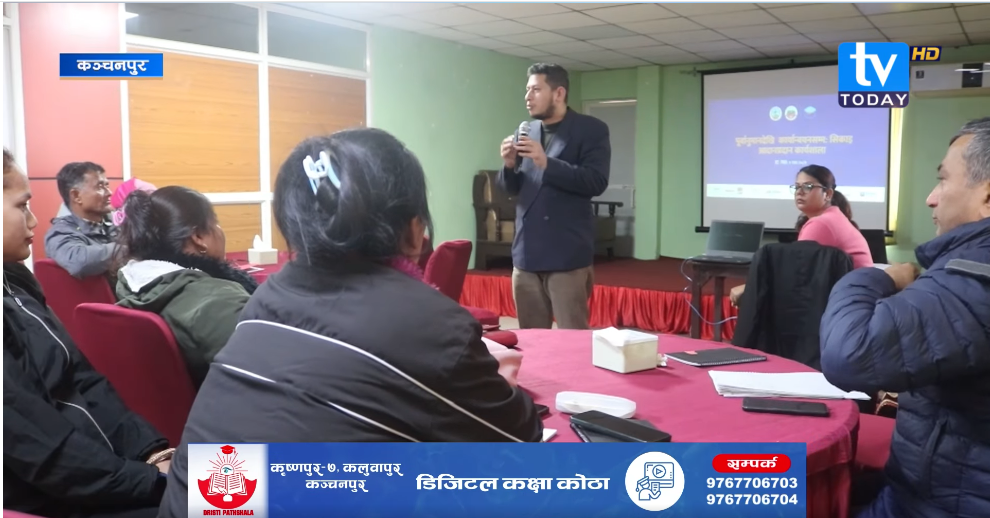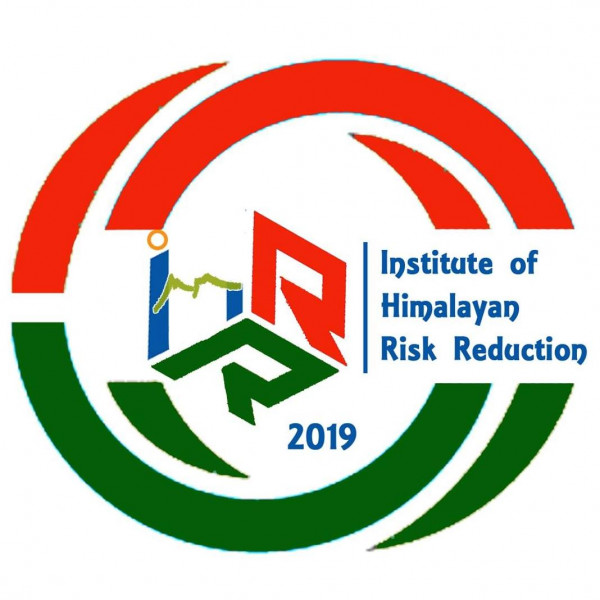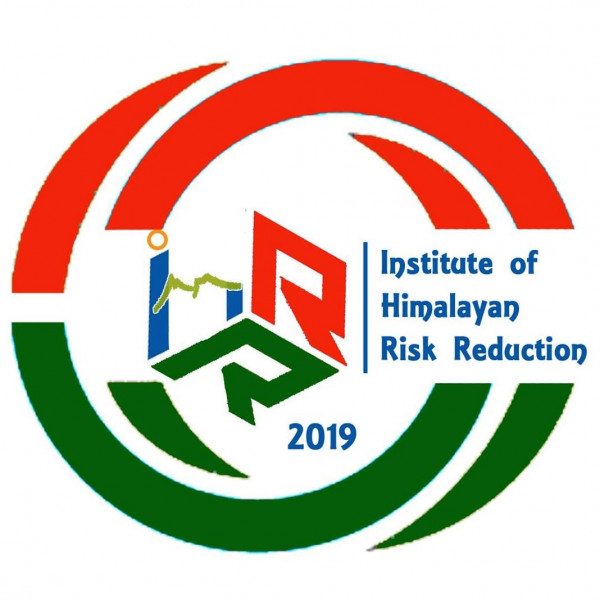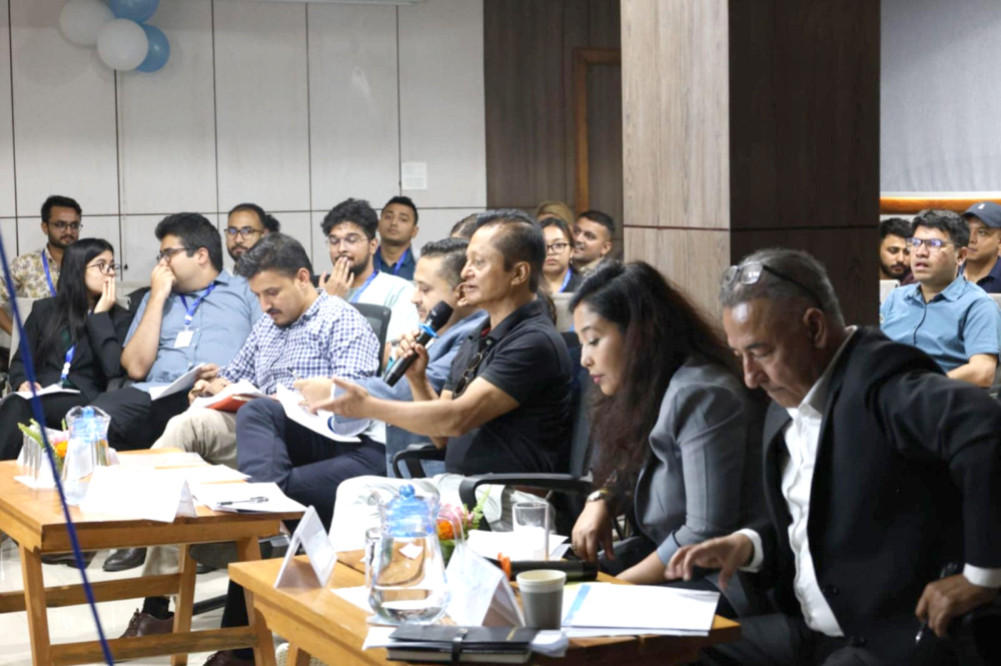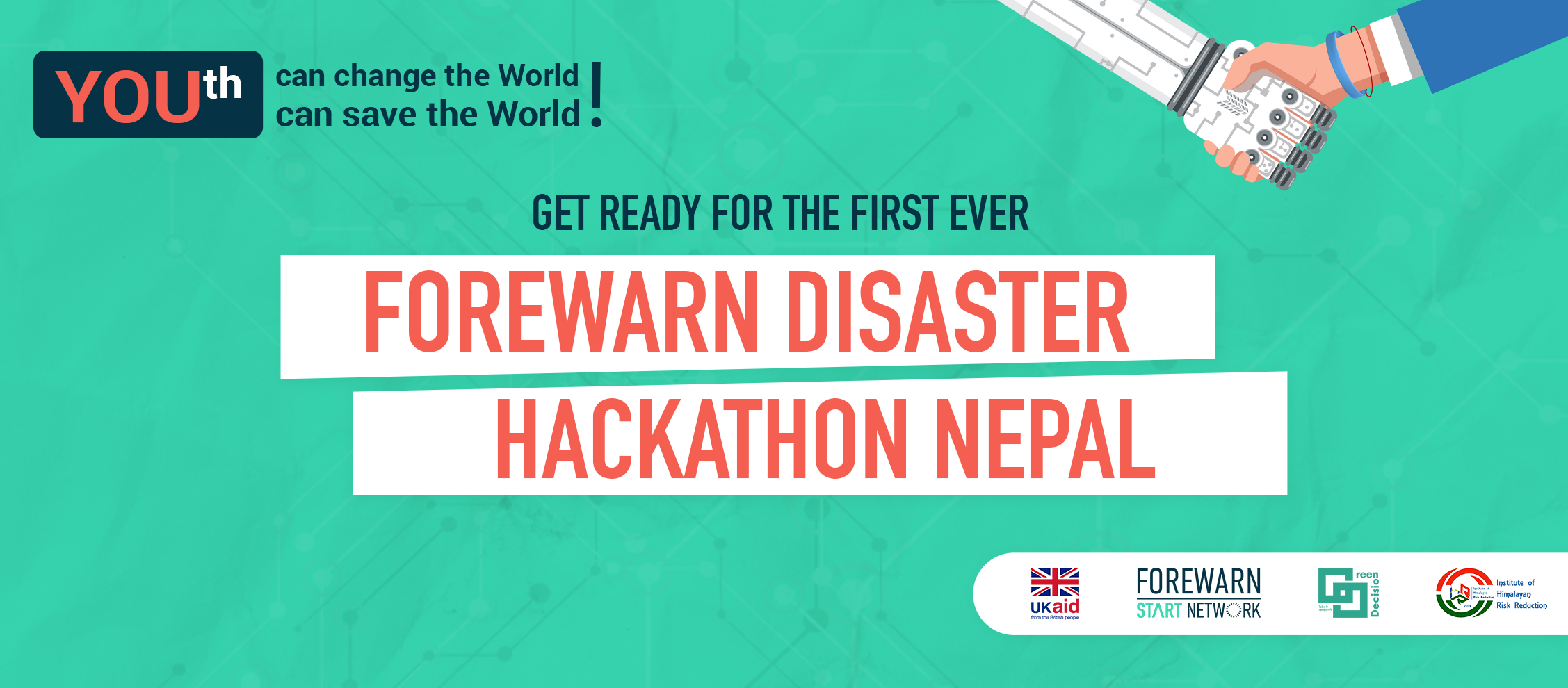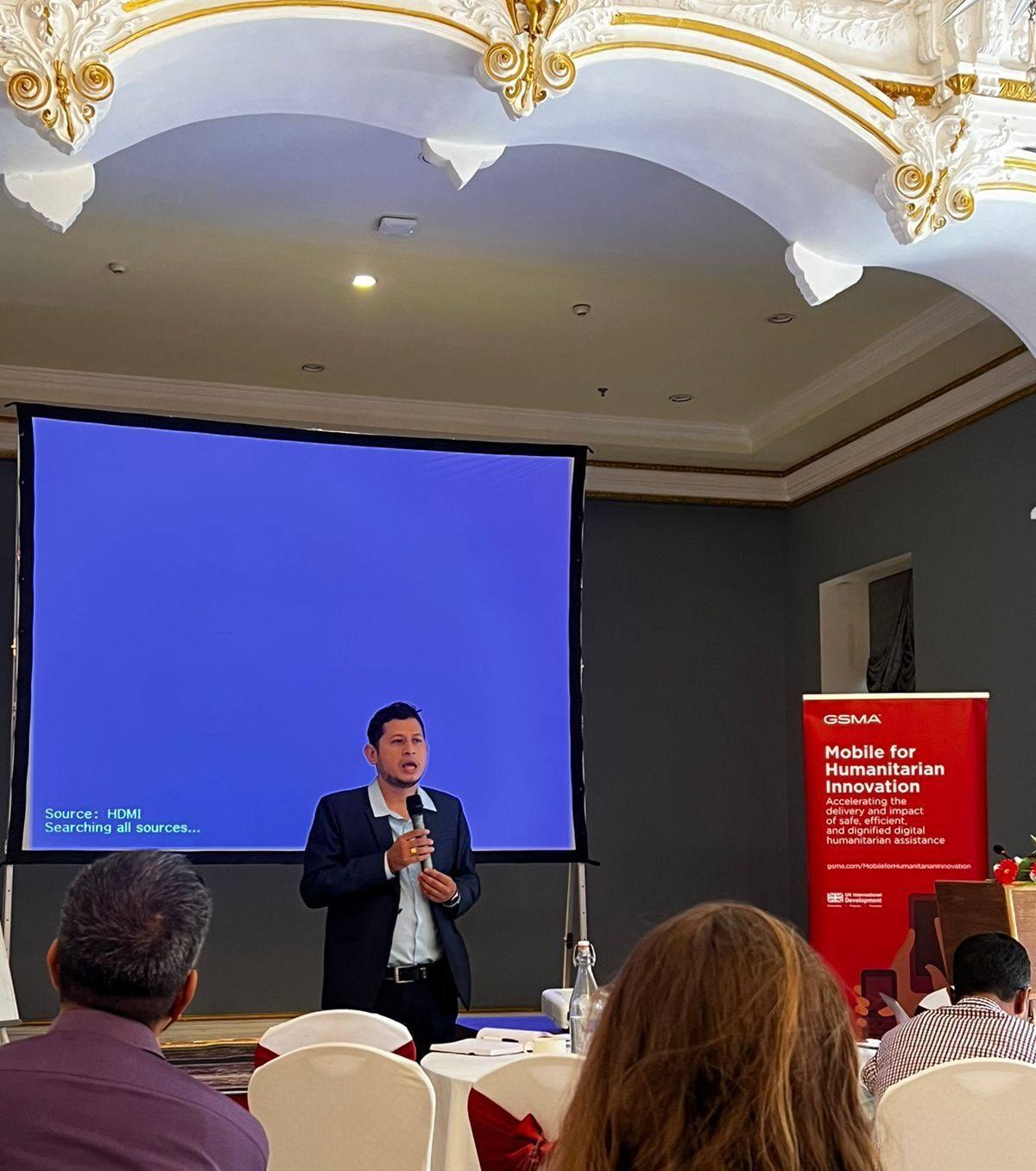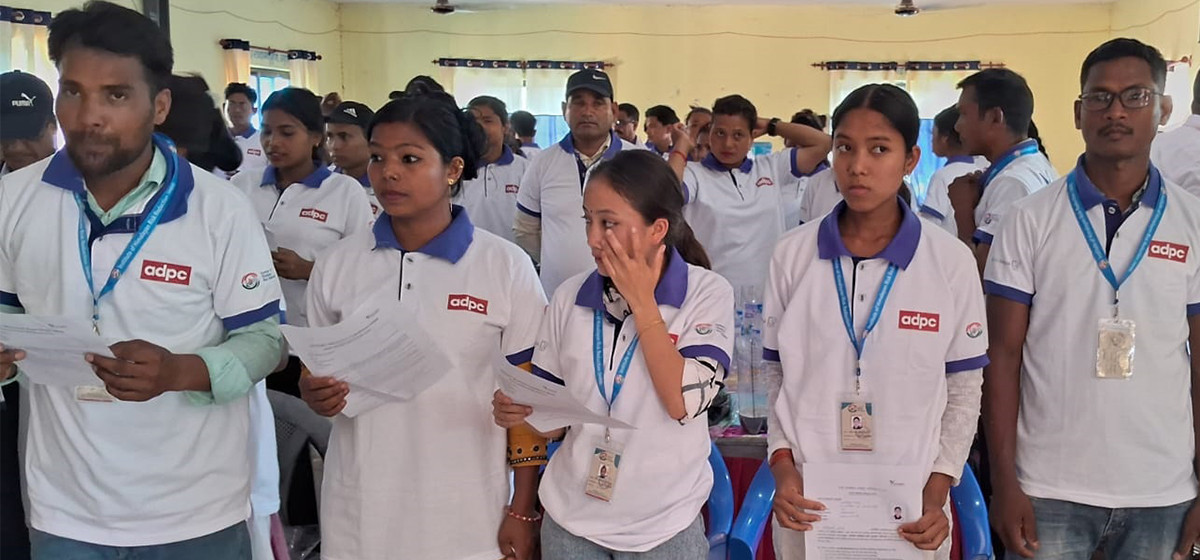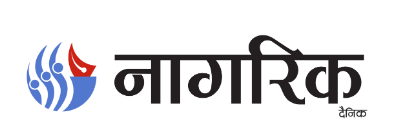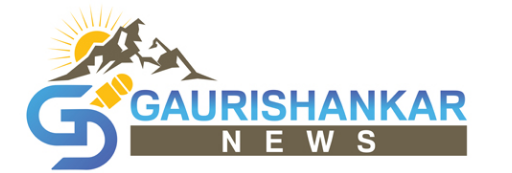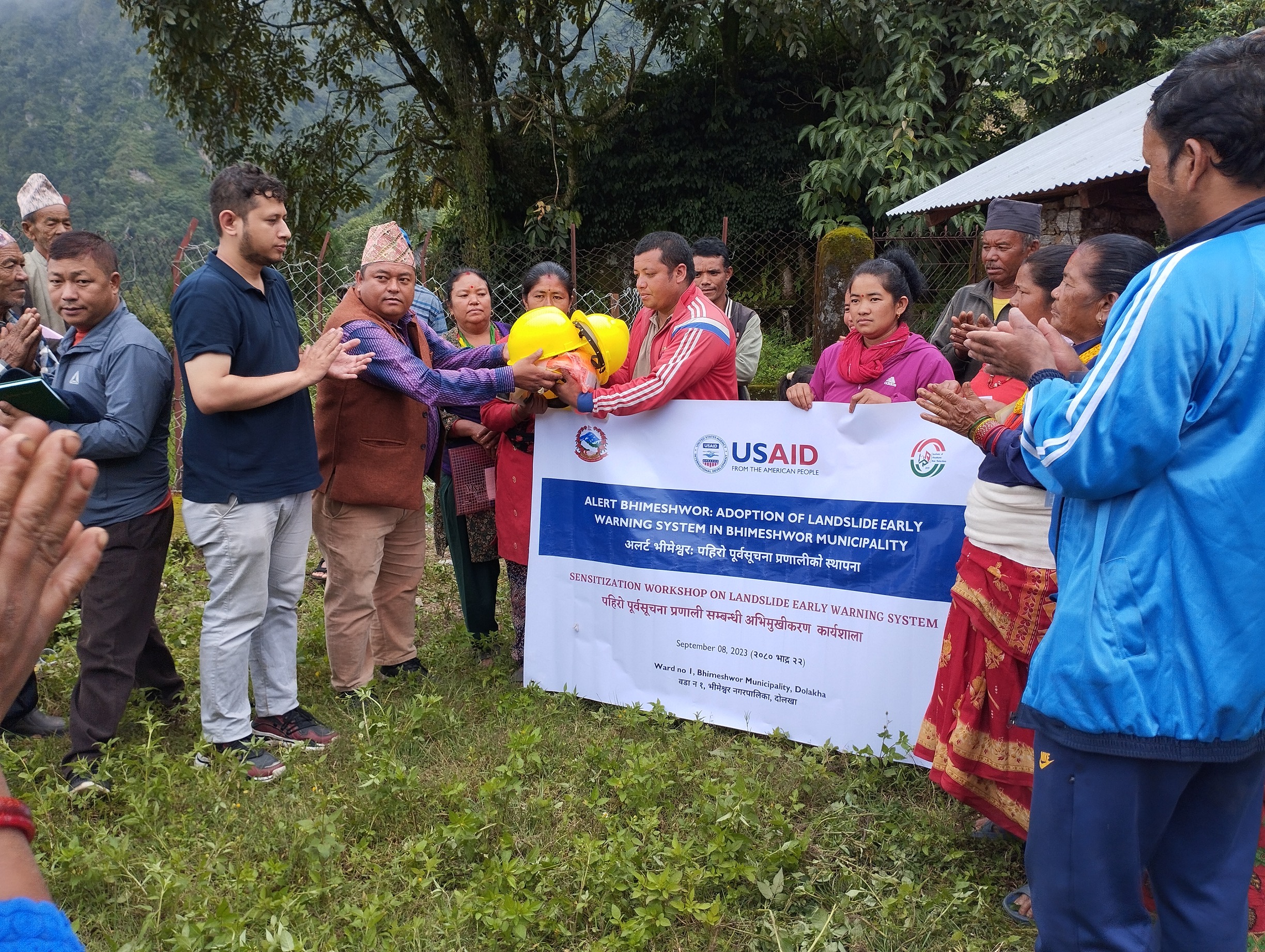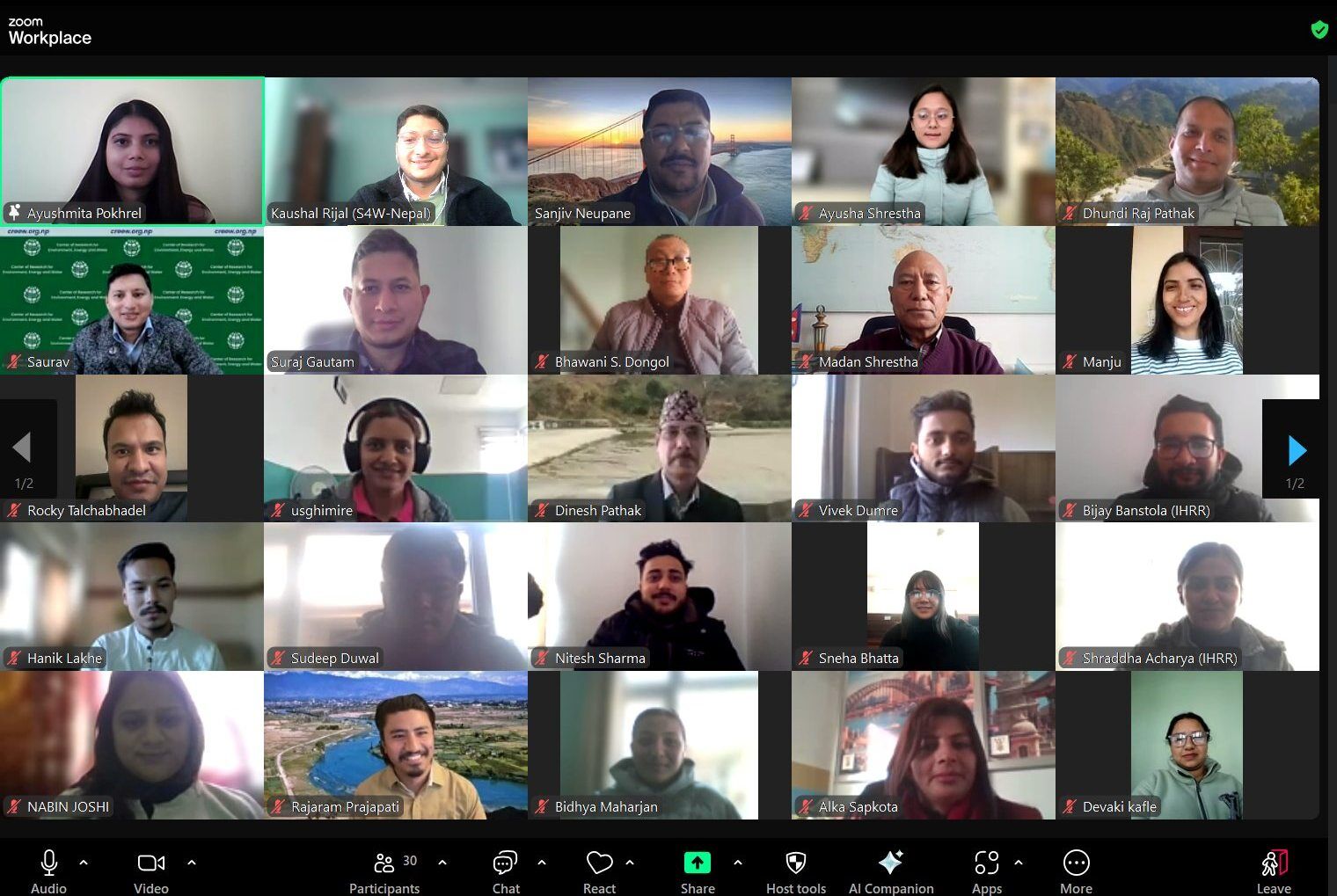

IHRR
Apr 08,2025
Kathmandu, Jan 06, 2025 – Institute of Himalayan Risk Reduction (IHRR), Smartphones For Water Nepal (S4W-Nepal), The Center of Research for Environment, Energy and Water (CREEW), Human Development and Community Service (HDCS), and the Central Department of Hydrology and Meteorology (CDHM) at Tribhuvan University successfully launched the "Empowering Communities: Visualization of Citizen Science Contributions in Disaster Risk Reduction (CSDRR)" project. This initiative is funded by the Asia-Pacific Network for Global Change Research (APN) under its CAPABLE program.
The virtual kick-off meeting brought together key stakeholders, researchers, and community representatives to discuss the objectives and implementation strategy of the CSDRR project. The initiative aims to harness the collective strength of communities by transforming individuals into scientific contributors through low-cost technology and citizen science approaches. The project will be piloted in Nashon Rural Municipality, Manang, and Dordi Rural Municipality, Lamjung, both located within Nepal's Gandaki River Basin.
The meeting commenced with opening remarks from distinguished guests, including Dr. Rajendra KC, National Focal Point and Steering Committee Member of APN, Dr. Madan Lall Shrestha, Scientific Planning Group (SPG) Member from Nepal, and Prof. Sangam Shrestha, SPG Member from Thailand and Dean at the School of Engineering and Technology, Asian Institute of Technology, Thailand. Their insights underscored the importance of citizen science in strengthening disaster preparedness and early warning systems.
Dr. Dinesh Pathak, President of S4W-Nepal, introduced the organization’s role in the initiative, followed by a brief overview of APN-ECAP by Dr. Saurav KC, Deputy Executive Director of CREEW. The project lead, Dr. Sanjiv Neupane, elaborated on the CSDRR project’s objectives and its potential impact on disaster risk reduction.
The interactive panel discussion, moderated by Mr. Kaushal Rijal, featured experts including Mr. Rajaram Prajapati (SmartPhones4Water), Mr. Suraj Gautam (IHRR and DPNet-Nepal), and Dr. Saroj Karki (Ministry of Physical Infrastructure Development, Koshi Province). They explored the role of citizen science in water resource monitoring, the challenges of a citizen science-based approach, and strategies for scaling up and integrating technology into disaster risk management.
The CSDRR project integrates simple yet effective hardware and software solutions for data collection. Low-cost precipitation measurement devices made from repurposed soda bottles and bamboo river water level measurement staffs will be used by community members to track hydrological changes. The data will be submitted via a citizen science mobile application, which is linked to a web-based visualization dashboard that integrates hazard layers to support early warning systems.
Through community participation, the project aims to enhance local disaster preparedness while contributing to broader policy frameworks. With 2025 marking an era of increased climate uncertainty, initiatives like CSDRR serve as a model for collaborative, technology-driven disaster risk reduction.
The meeting concluded with key takeaways from Dr. Sanjiv Neupane, who emphasized the importance of continuous engagement and data-driven decision-making in managing water resources and disaster preparedness. The success of this project will not only benefit Nepal but also provide insights for global disaster risk reduction efforts.
